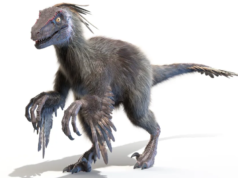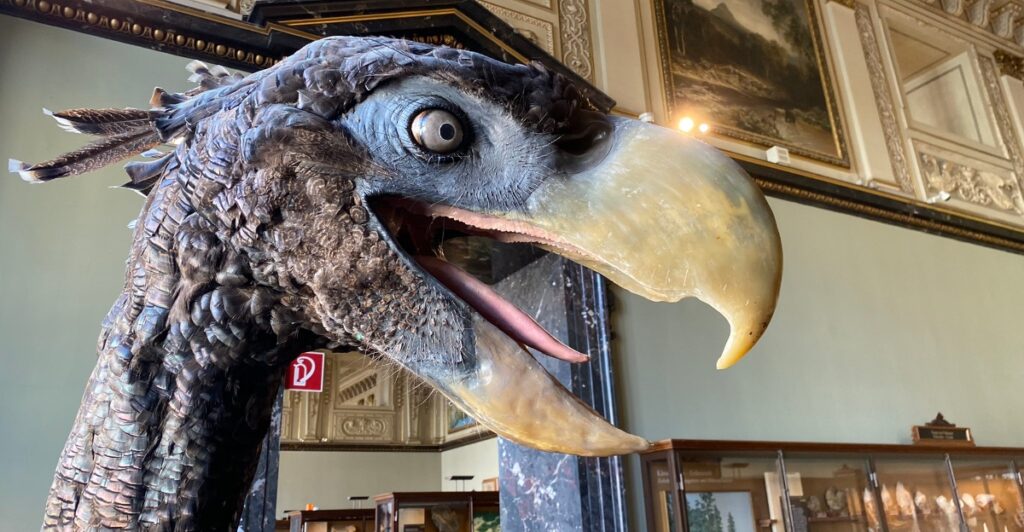
With Colossal Biosciences’ latest scientific breakthrough through their de-extinction project, we are now verging on a future where any animals that have gone extinct could potentially brought back in one form or another. These breakthroughs bring a lot of excitement, but it has also brought its fair share of controversy.
Whether or not the broader impacts of their work is positive of not, the question has to be posed, which animals should never be brought back to the modern era? Some animals may just not have a place in modern ecosystems that have adapted for thousands or millions of years without them, while some prehistoric beasts could have scarier implications on both the local wildlife and our own welfare.
Terror Bird
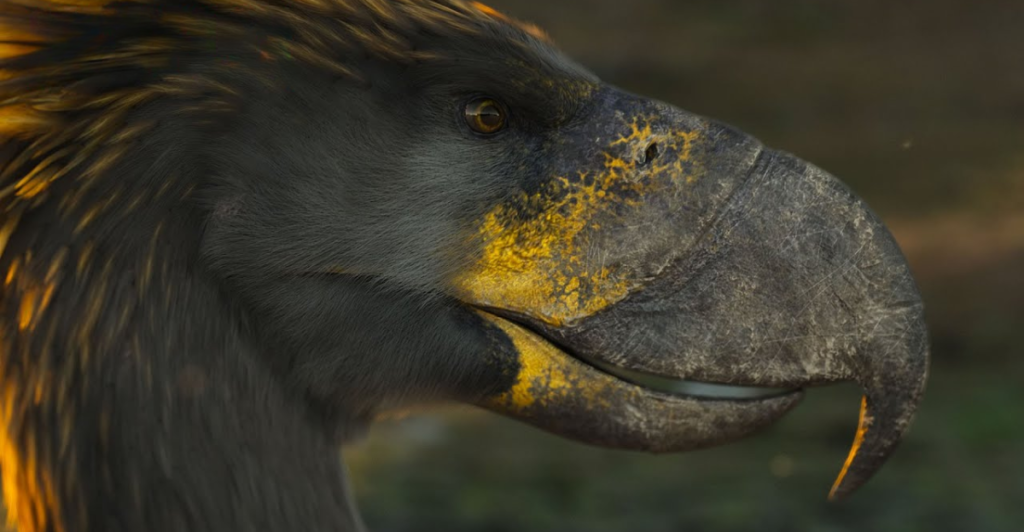
The terror bird was an enormous carnivore that were notorious for their strong beaks and sharp talons. They were incredible predators that dominated a lot of South America during the Pliocene and Early Pleistocene. They were apex predators millions of years ago, and they would most likely fill the same role today.
Bringing them back into the world would most likely lead them to dominate local ecosystems, pushing out important predators and severely threatening livestock. There are scarier implications for them hunting humans.
They were capable of reaching speeds of 45 miles an hour, meaning they would be hard to outrun and could overpower many small animals. Bringing them back would require significant changes to agricultural practices and wildlife management, which would not be worth it.
Saber-Toothed Cat
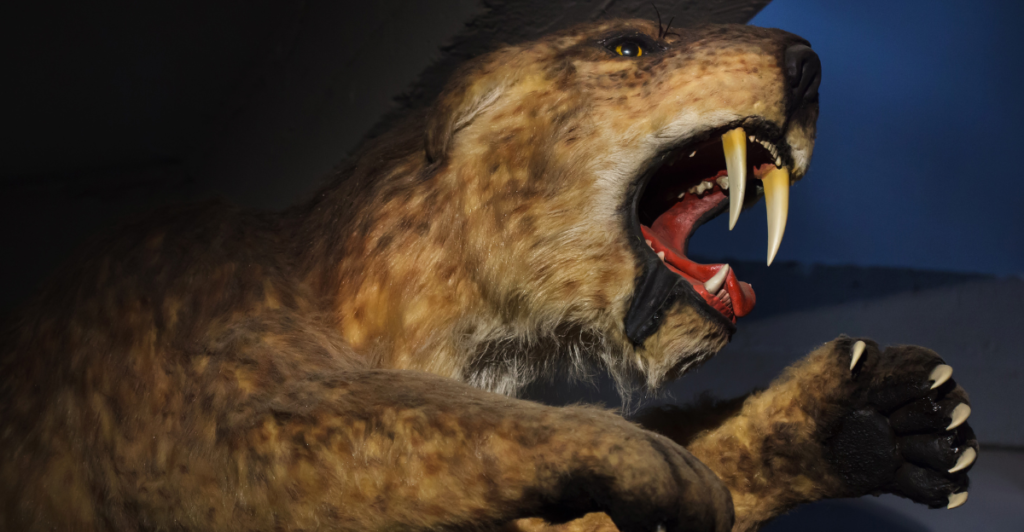
The saber-toothed cat is a formidable predator with a fearsome reputation, and for good reason. They were enormous felines that had equally as large canine teeth that helped them take down prey much larger than themselves, like the woolly mammoth. They thrived in a period when Earth was very different.
Their revival would have then dropped into modern ecosystems, and much like the terror bird, they would become the dominant predator. They would outcompete local predators and, in the worst cases, drive them to extinction.
Their efficiency at hunting could have them wipe out local prey populations, which would have negative effects on the habitats they would live in. Modern food chains would collapse, and they would need a substantial prey population to keep themselves sustained.
Mosasaur

Moving onto dinosaurs, the Mosasaur was a marine reptile that called the world’s oceans its home. It was a deadly predator with a powerful tail and razor-sharp teeth. If the Mosasaur were to be brought back, it would disrupt entire ocean ecosystems and prey on not just prey populations but many predator ones.
It would also pose a significant threat to beachgoers who ventured out too far. Ships could also be targeted by the Mosasaur, with smaller vessels potentially being in danger of being capsized.
Their predation on many different populations including turtles, fish, and other marine life would have a significant impact on commercial fishing and ocean habitat quality.
Giant Short-Faced Bear
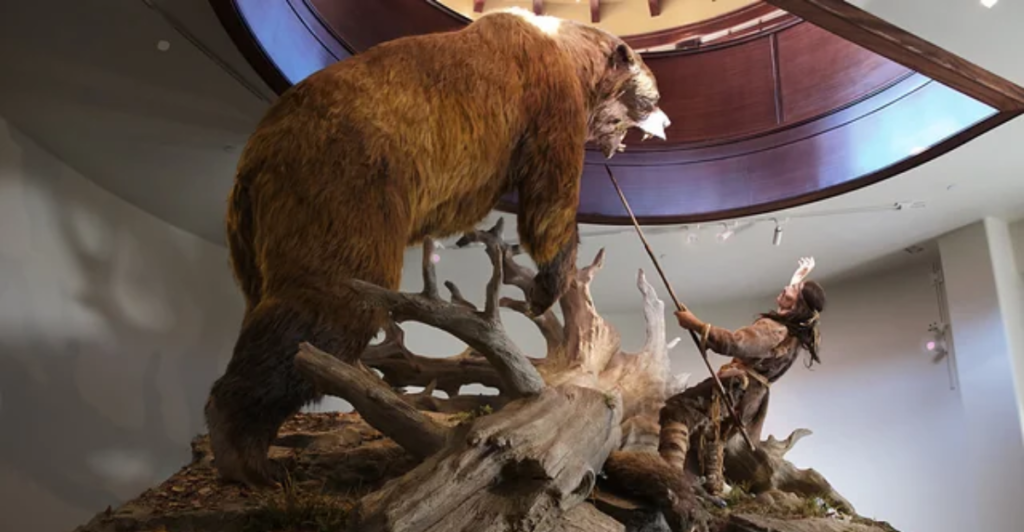
The giant short-faced bear was one of the largest carnivores to ever live on land. Many researchers estimate the bear weighed more than 2,000 pounds. Bringing this animal back would release a predator that would outcompete local bear populations through its sheer size and the vast amounts of calories it would have to get to sustain itself.
Prehistoric bears may not be able to fill the same niche as modern bears, and without them, modern ecosystems could be in trouble. Short-faced bears could also set their eyes on human settlement, being much bolder and less skittish than modern bears. It could see humans as a prey source.
If enough herbivores were killed off by the short-faced bear, vegetation would run rampant, which could pose a significant risk of wildfires and a reduction in biodiversity. Outdoor activities like camping and hiking would be much more dangerous with this prehistoric animal sharing the same space.
Spinosaurus
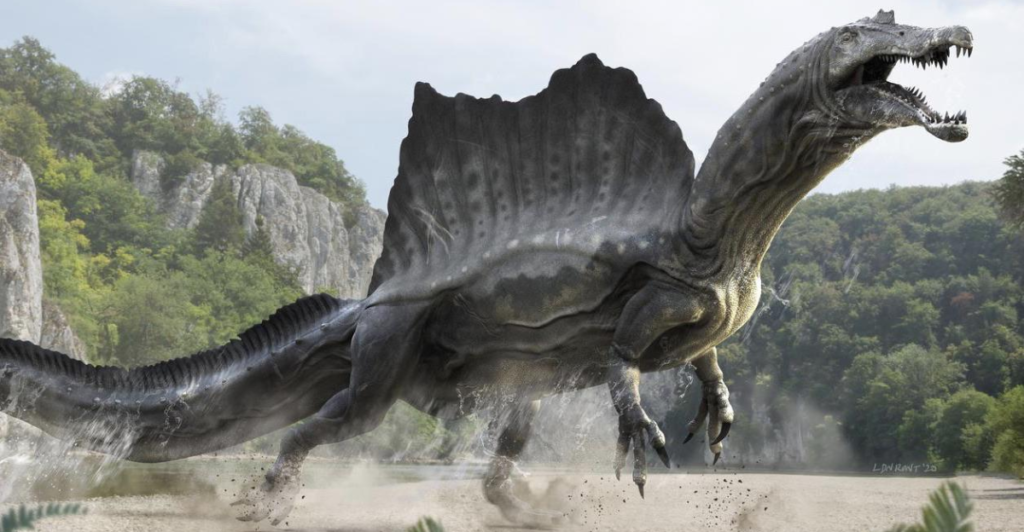
Spinosaurus was another enormous carnivorous dinosaur that had a spiny structure on its back. It was known for being semi-aquatic, able to thrive in multiple environments and habitats. Bringing back this carnivore would spell trouble for both modern marine and coastal life that don’t have adaptations to compete or escape from such a large and formidable predator.
Spinosaurus would have mostly eaten fish, but due to its sheer size, it could adapt to eating any animal smaller than itself if necessity demanded it. They would disrupt both aquatic and coastal food chains and potentially have a negative impact on fisheries.
Fishing activities would be a lot more dangerous, with Spinosaurus dwelling in the coastal waters, potentially capsizing small vessels. New conservation efforts would have to be implemented to protect wildlife and potentially human populations.
Pliosaurus
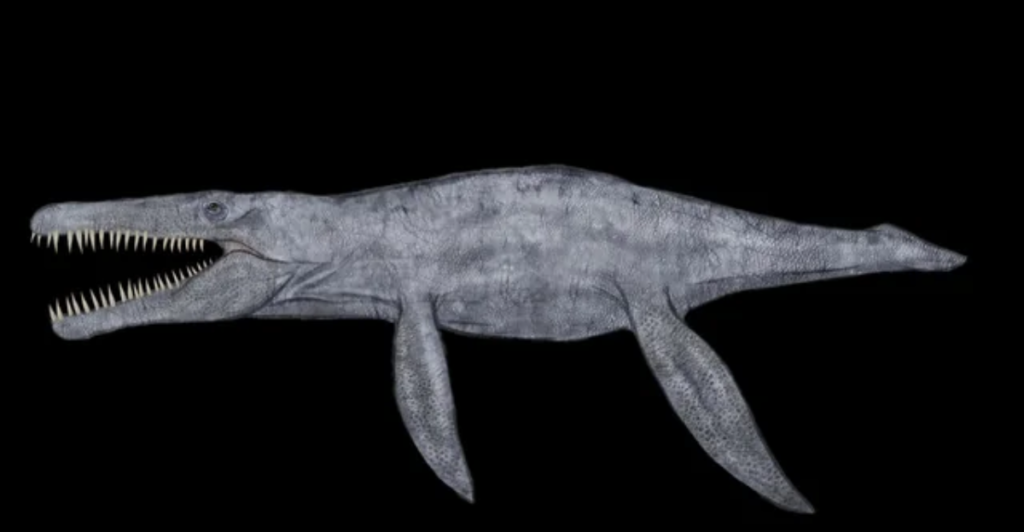
Pliosaurus were marine reptiles that had strong jaws and enormous proportions. From fossil study, it is believed that they could grow up to lengths of more than 40 feet. Their resurrection could lead to them being the dominant predator in marine ecosystems, which would threaten most marine life, from current apex predators to important prey species.
Like many other apex marine predators, they would disrupt fishing activities and could affect food security for nations that rely heavily on fish.
Pliosaurs’ presence in ocean waters would mean that increased safety measures would have to be implemented to protect both human populations and marine life across the ocean. Marine activities may have to be restricted or banned entirely to prevent as much conflict as possible.
Megapiranha
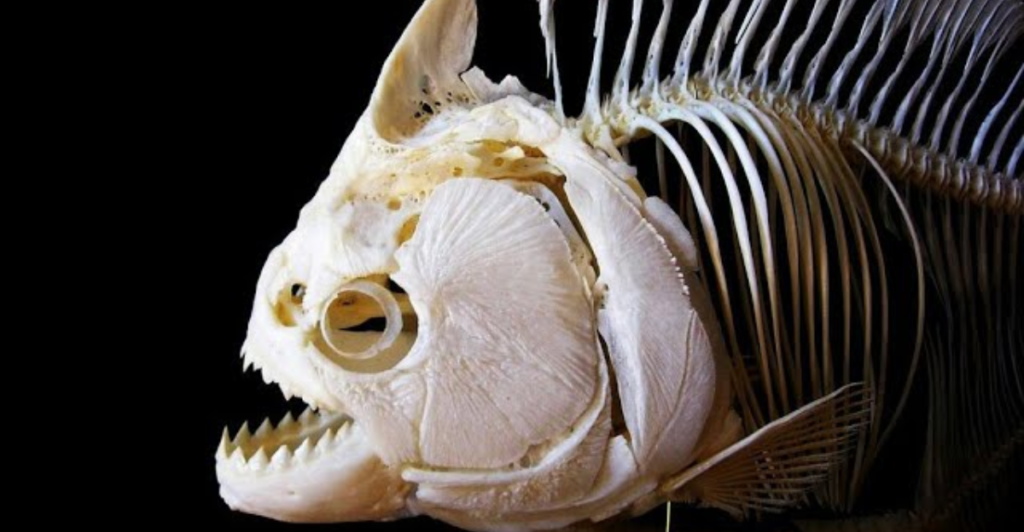
Many people already fear modern piranhas, now imagine giant prehistoric versions of these fish. The megapiranha was enormous, and known for its powerful biteforce, which scientists believe was strong enough to crush bone. They would cause complications if they were brought back and be a conservation nightmare.
They would hunt prey that hasn’t adapted to fight off such a gargantuan predator and potentially collapse river and lake ecosystems. Communites that rely on rivers as a source of water or travel would be in danger of these large predatory fish, and swimming in lakes would pose extreme risks to individuals.
They would alter the dynamics of freshwater ecosystems and outcompete local predators. This would affect local fish populations and have implications for communities that rely on fish as both a livelihood and a source of food.
Haast’s Eagle
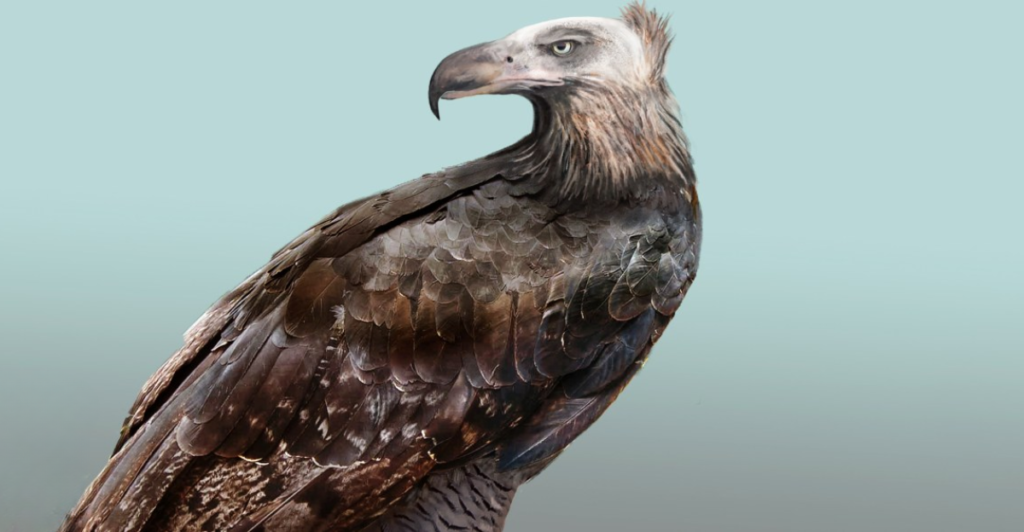
Haast’s eagle has inspired many folktales due to how awe-inspiring and formidable the prehistoric bird was. They were the largest bird of prey to ever roam the Earth, and scientists believe that they could weigh up to 40 pounds and have a wingspan of over 10 feet wide.
These animals, if brought back, would be able to compete with even large terrestrial predators, as they would be able to pick up large mammals and fly off with them. This could pose a potential danger to livestock such as sheep, pigs, and even cows.
A powerful bird could impact local tourism as hikers and travelers would be afraid to walk into nature with such a dangerous and powerful bird calling the local habitat home. Like many other species on this list, Haast’s eagle would pose a significant danger to human populations.
Explore more of our trending stories and hit Follow to keep them coming to your feed!

Don’t miss out on more stories like this! Hit the Follow button at the top of this article to stay updated with the latest news. Share your thoughts in the comments—we’d love to hear from you!



